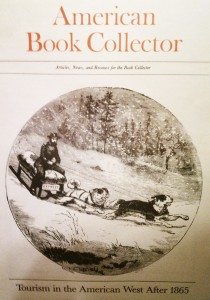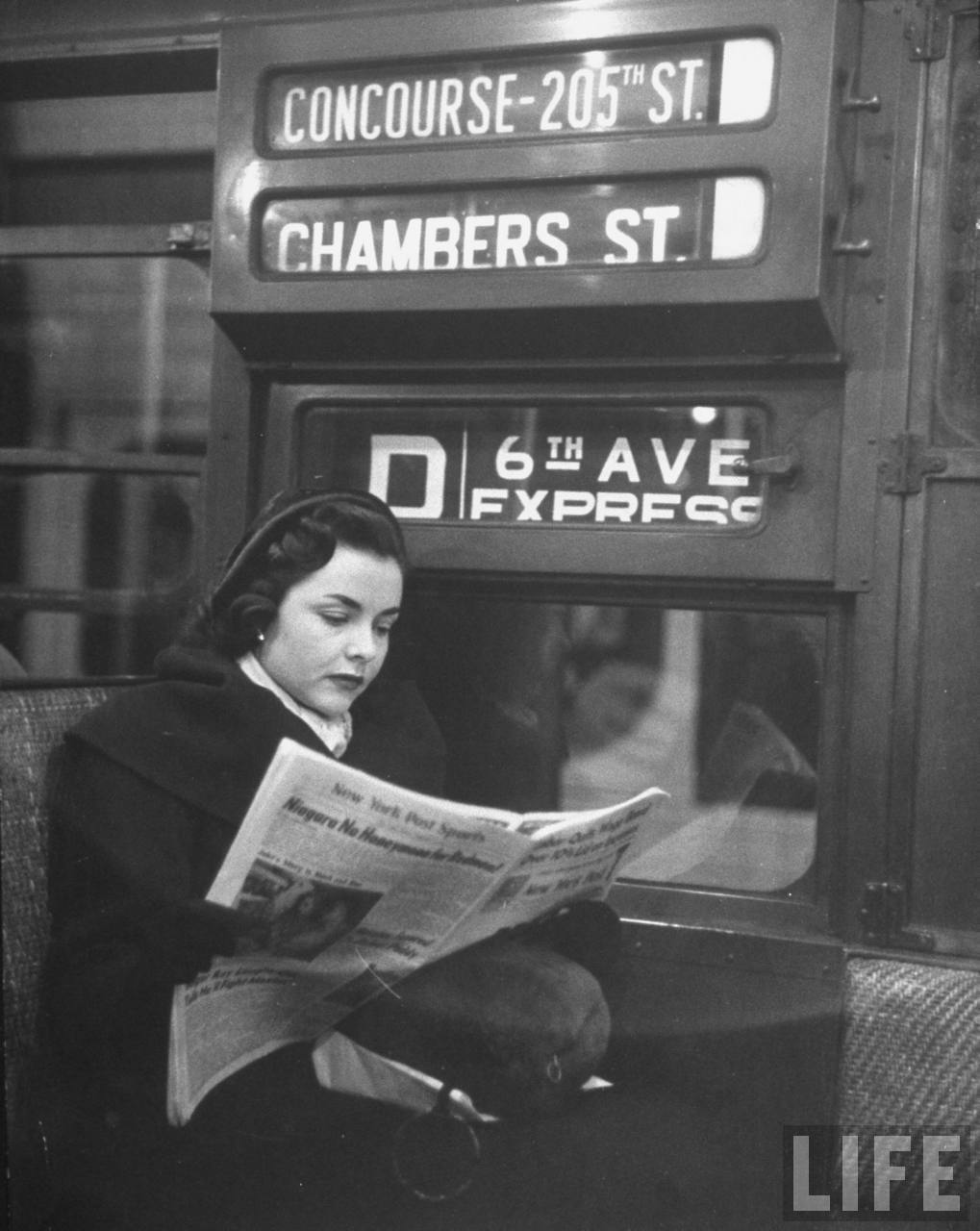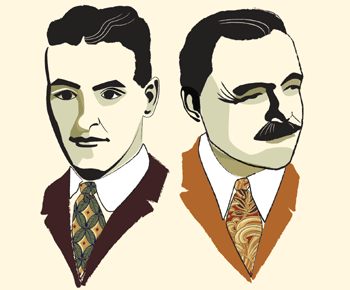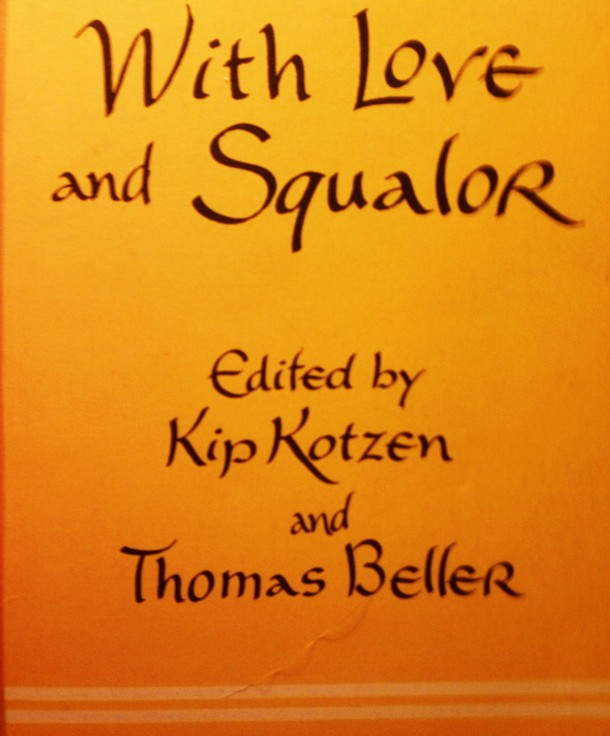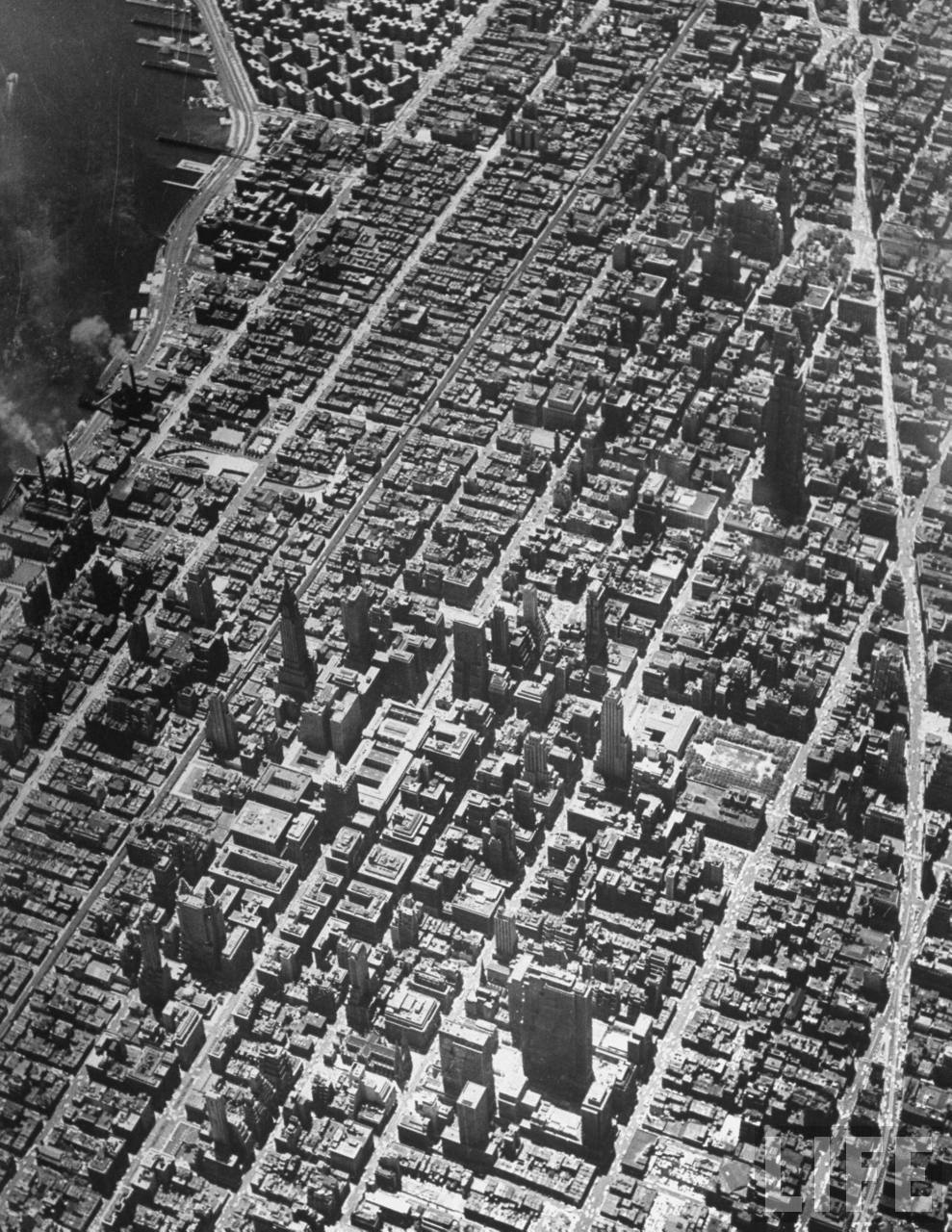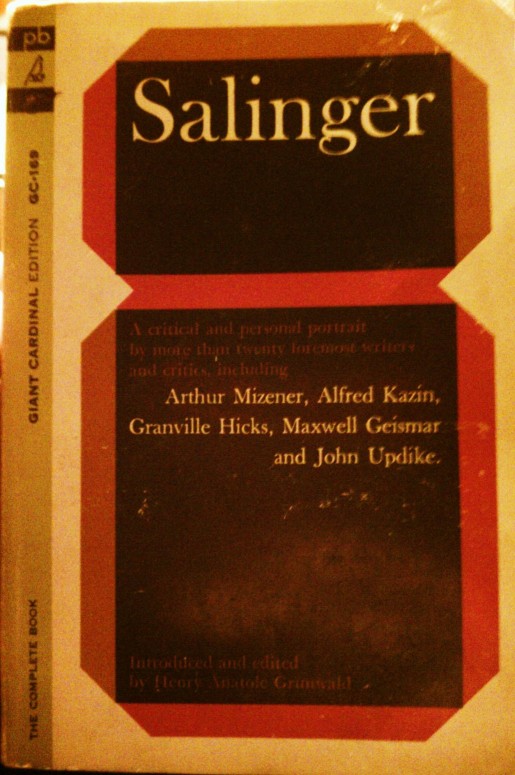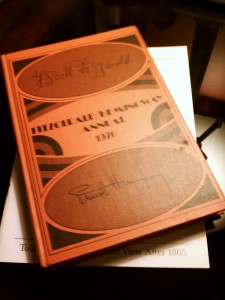Written by Angelica Bega-Hart, November 2009.
According to Phillip Lapote there are ten themes [1] that occur “obsessively” in fiction written about or situated in New York City. (Lapote, xviii) Though Salinger does not appear at all in Lapote’s bulky anthology, several of those themes are manifest n Salinger’s writing. As Ruth Prigozy notes,
The local references in Nine Stories clearly indicate a recognizable fictive world: New York City predominates, from the opening line in “A Prefect Day,” set in Miami but alluding to “ninety seven New York advertising men” (3). In “The Laughing Man, ” the precise geography of the city forms a substructure for the double layered story as does the east side of Manhattan for the dramatized encounters of “Just Before the War.” Whether the characters are on vacation, on a ship, in a foreign country, or in a Connecticut suburb of the city, the sensibility of Salinger’s world is firmly established by its references to the sophistication, polish, manners, and locales associated with the New York City of Salinger’s educated upper middle class. (qtd in Bloom, 93)
Certainly, Salinger’s familiarity with the city was an important part of his ability to portray it in a “precise” and stylized manner. And Salinger was as familiar with the city as anyone. Raised in New York, Salinger was born in 1919 to Sol Salinger and Marie (Miriam) Jillich at the Nursery and Child’s Hospital on West 61st Street. “Sonny” as he was nicknamed, went home to 103rd Street and Riverside Drive. As his father’s success increased the family moved to a house on West 82nd Street on the Upper West Side and then later to the fashionable and ritzy Upper East Side, to the building located at 1133 Park Avenue. (Alexander, 31-35) William Maxwell would later argue that Saliner’s childhood gave him a unique perspective on the city that would later dominate the settings for much of his fiction, saying:
JEROME DAVID SALINGER was born in New York City on January 1, 1919. So far as the present population is concerned, there is a cleavage between those who have come to the city as adults and those who were born and raised there, for a New York childhood is a special experience. For one thing, the landmarks have a very different connotation. As a boy Jerry Salinger played on the steps of public buildings that a non-native would recognize immediately and that he never knew the names of. He rode his bicycle in Central Park. He fell into the Lagoon. Those almost apotheosized department stores, Macy’s and Gimbel’s, still mean to him the toy department at Christmas. Park Avenue means taking a cab to Grand Central at the beginning of vacation. (Dead Caulfields [2])
Salinger’s time in New York lasted until his early teens, when he went away to prep school in Pennsylvania, but after a few brief years, he was back in the city of his birth attending college at New York University’s Washington Square College and later taking classes with Whit Burnett at Columbia University. Perhaps more importantly, Salinger came back to New York at the conclusion of the war and spent time in Greenwich Village where he made connections with other aspiring writers. (Alexander, 114)
Despite Salinger’s New York roots and the tendency of his stories to focus on New Yorkers with overt references to important New York City landmarks, Salinger is not often anthologized as a New York writer. Most often included in anthologies about the Big Apple are earlier writers such as Washington Irving and Walt Whitman and from Salinger’s generation, John Cheever, John Updike, and the Beat poets. One anthology of New York writing that does include Salinger is David Remnick’s Wonderful Town: New York Stories from The New Yorker. In it, Remnick includes stories that “reflect the city’s moods and crises over seventy-five years,” from writers who “are legion” and who have “helped create a powerful and complex portrait of New York.” Most importantly, Remnick says he aims for a “quality of endurance” (Remnick, xii) Remnick apparently sees such a quality in one of Salinger’s earliest short stories, “A Slight Rebellion Off Madison,” which illustrates a scene that would eventually be rewritten (from a different point of view) and incorporated into Salinger’s most famous work, The Catcher in Rye. It remains unclear if, as Paul Alexander suggests, Salinger may have prevented his work from being reproduced in anthologies [3] and whether this fabled decision of Salinger’s is the primary reason for his lack of inclusion in a number of New York anthologies. (Alexander, 24)
Continue reading “Salinger and the Literary Geography of a Real and Fictional New York City”
